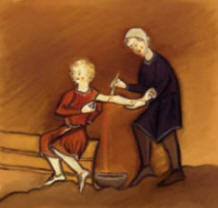Posts
- Small Fiber neuropathy
- neurological effects of CIDP -
- HOMEOPATHY
- B-12 deficiency
- Reading disorders
- Ig3 deficiency
- 7 Habits of Covy
- Autoimmune self attack
- CMT
- Toxic Baby products
- Infants and women omega-3
- Selenium
- Basil
- Bay leaves
- cancer survivor
- Tomato as a medicine
- Trigger factors fibromyalgia
- back surgery.
- Neck pain
- Facet Joints pain
- Injuries
- Injuries
- Pain in body
- Common pain
- back pain
- D for pain
- avoid osteoporosis

